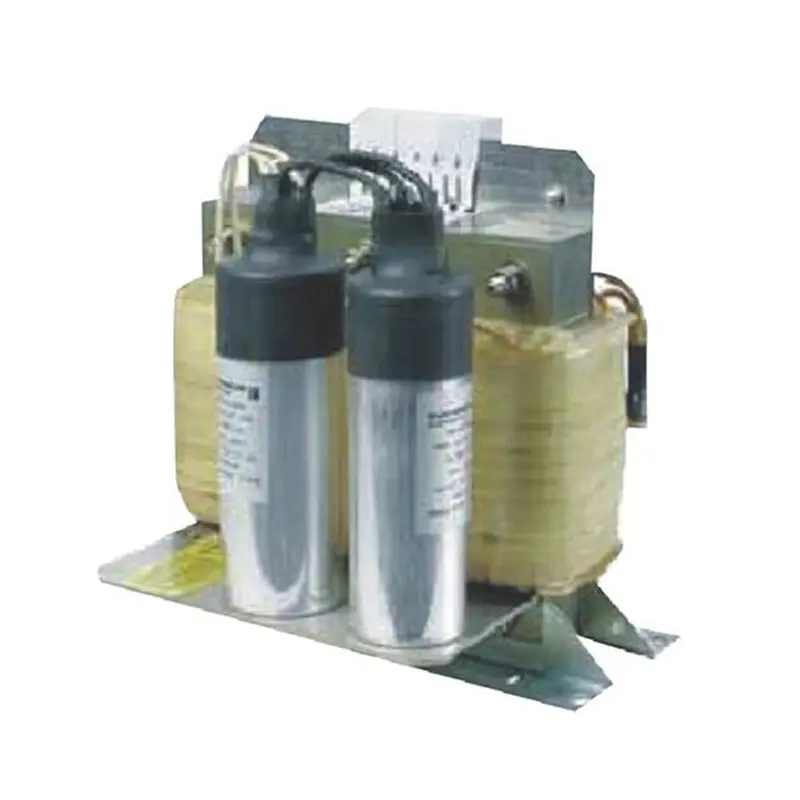
When it comes to optimizing motor performance and protection, one powerful tool stands out - the sine wave reactor. This important device converts the motor's pulse-width modulated (PWM) output signal into a smooth sine wave, ensuring low residual ripple voltage. This not only protects the motor winding insulation from damage, but also eliminates resonance phenomena caused by distributed capacitance and distributed inductance in the cable. In this blog, we’ll dive into the many benefits of integrating sine wave reactors into motor control systems.
Due to the long cable lengths connected to the motor, distributed capacitance and inductance often lead to resonant frequencies that adversely affect motor performance. These adverse effects can be minimized by using a sine wave reactor. The device acts as a filter, reducing the audible noise produced by the motor and preventing the occurrence of resonance. In addition, sine wave reactors successfully eliminate the risk of overvoltage caused by high dv/dt, ensuring that the motor operates efficiently and is not damaged by voltage spikes.
One of the main causes of motor failure is eddy current losses. This occurs when an induced current circulates within the electrically conductive parts of the motor, causing overheating, inefficiency, and premature wear. Fortunately, sine wave reactors solve this problem by effectively reducing eddy current losses. By smoothing the PWM output signal, the reactor controls the current distribution in the motor, allowing for optimal operation and minimizing the risk of motor overheating and premature damage.
By installing sine wave reactors in your motor control system, you can achieve higher levels of efficiency. Convert the PWM output signal into a smooth sine wave, making the motor run more smoothly and with lower ripple voltage. This improves energy consumption and reduces overall operating costs. By increasing motor efficiency, sine wave reactors help create a greener and more sustainable industrial ecosystem.
Investing in a sine wave reactor is not only a proactive measure to ensure the longevity of your motor, but it also protects your overall investment. By eliminating various risk factors such as motor insulation damage, eddy current losses, and overvoltage issues, you can protect your equipment from costly repairs or replacements. With reduced audible noise, your motor will run quieter, creating a more comfortable and efficient work environment.
Integrating a sine wave reactor into your motor control system provides several benefits, including converting the PWM output signal into a smooth sine wave with minimal residual ripple voltage. By doing so, this important device protects the motor's winding insulation, minimizes resonance, prevents overvoltage, and eliminates premature damage caused by eddy current losses. In addition, sine wave reactors improve motor efficiency, reduce energy consumption and contribute to a greener industrial landscape. Ultimately, investing in a sine wave reactor is a wise decision that ensures optimal motor performance, protects your investment and optimizes productivity.
Post time: Nov-07-2023